
K6 Telephone Box

What
A restored K6 Telephone Box.
Why
I think the K6 Telephone Box is iconic. It looks great. It’s like a beacon. I’d wanted one for quite a while and did occasionally at look at costs of them. I also considered making a replica from wood. It wouldn’t have worked well though..
When
September 2013.
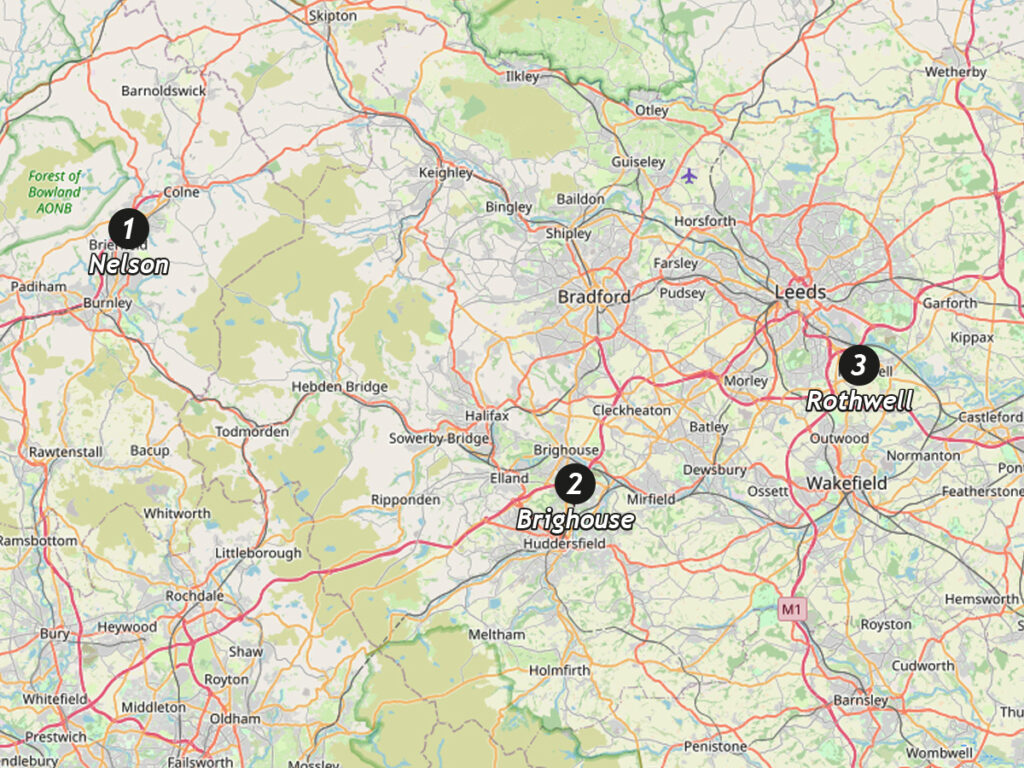
2. My Telephone Box was acquired in September 2013 from a garden in Brighouse.
3. The Box’s new home in Rothwell.
Development & Progress
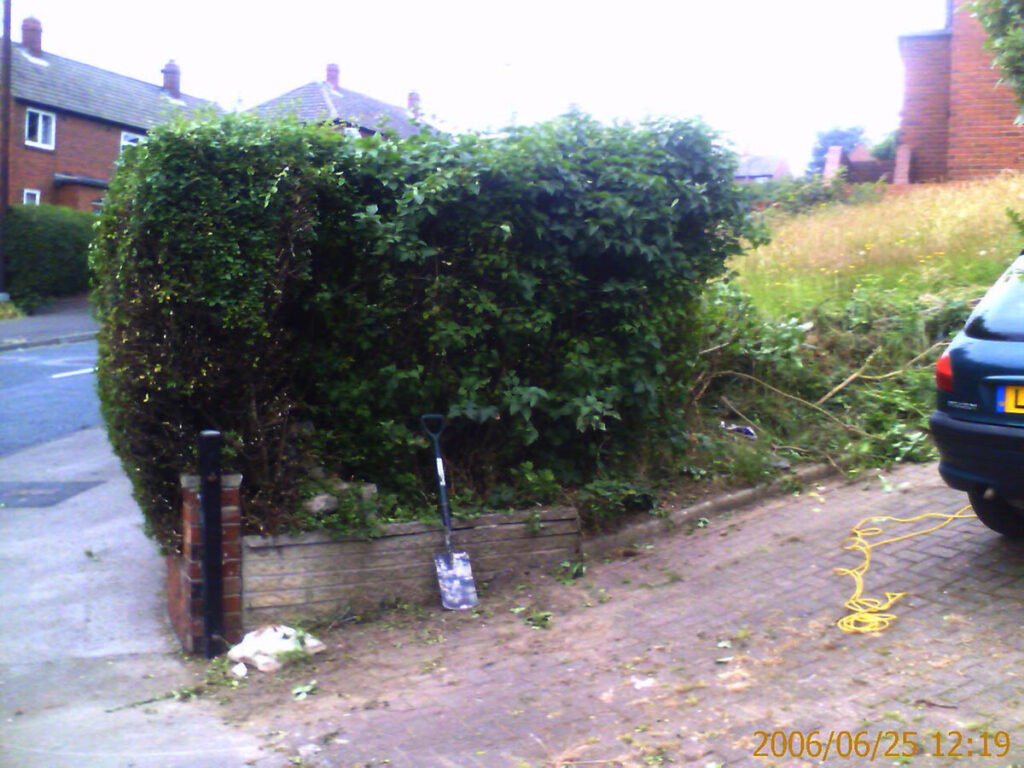
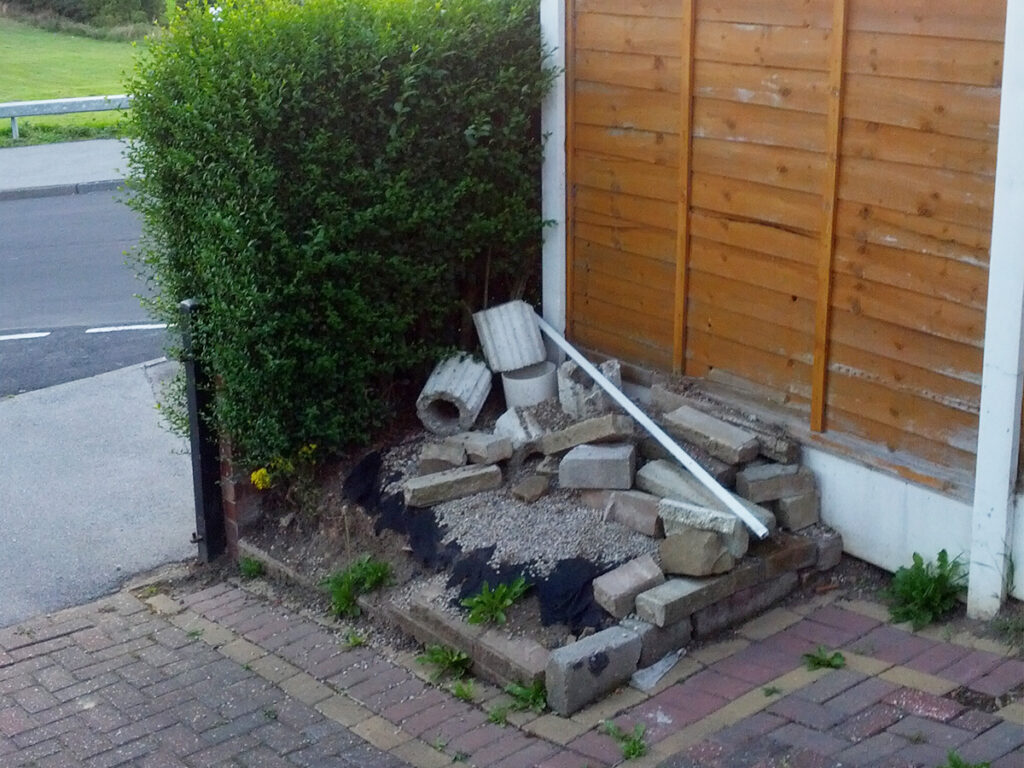


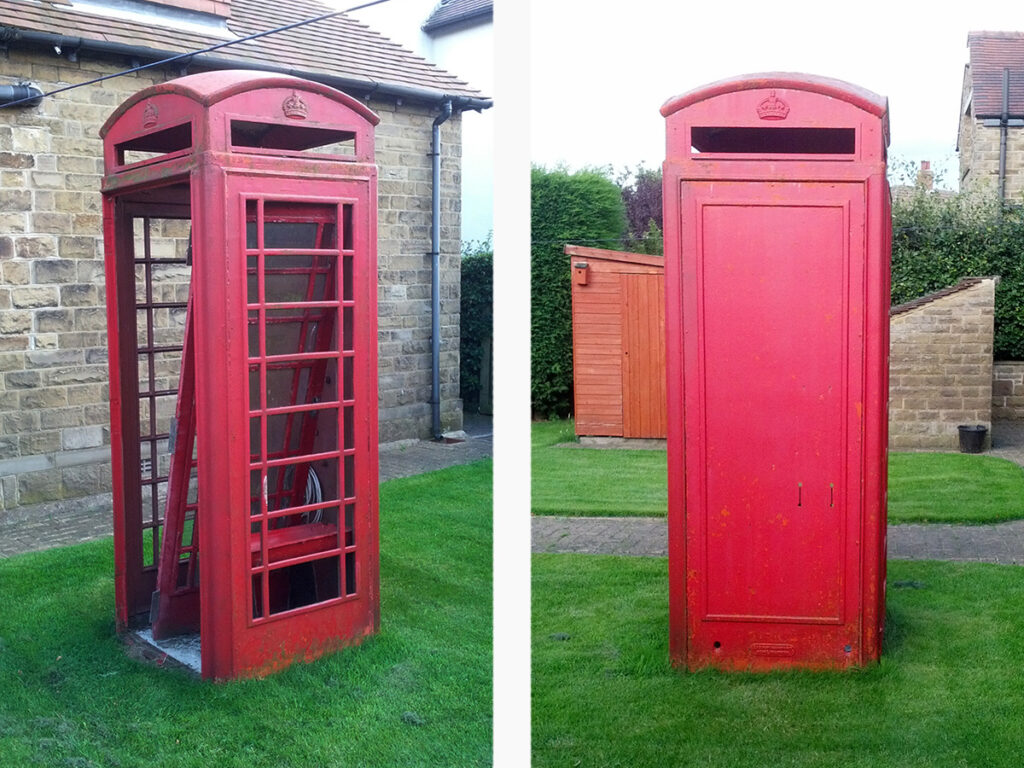
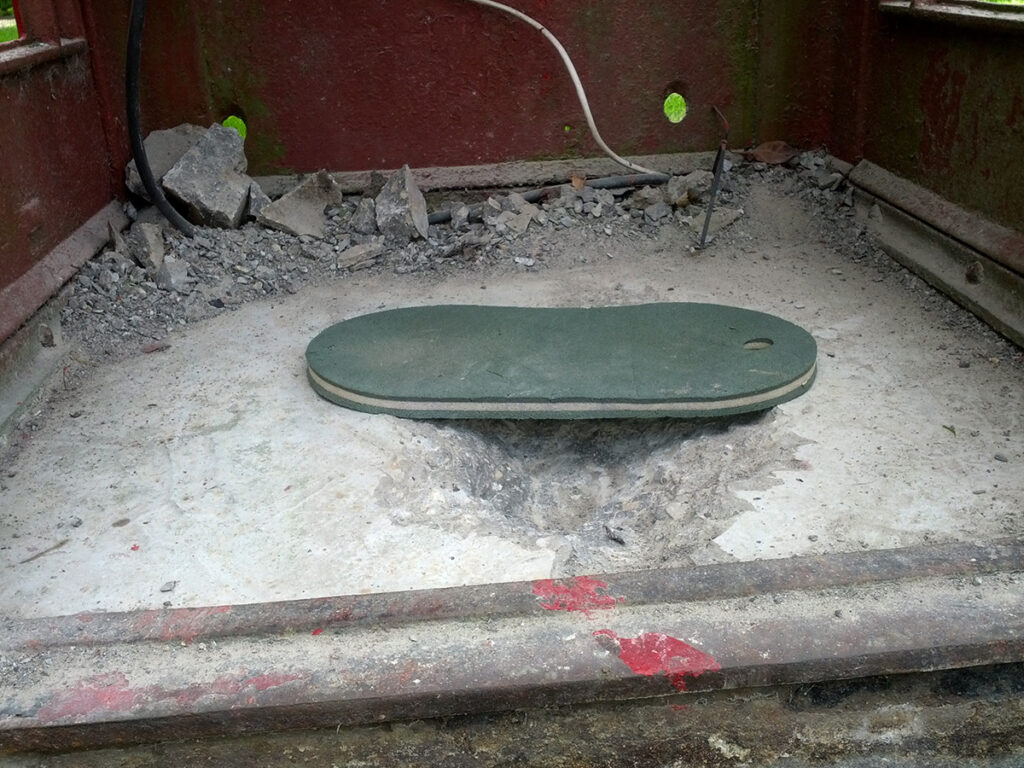
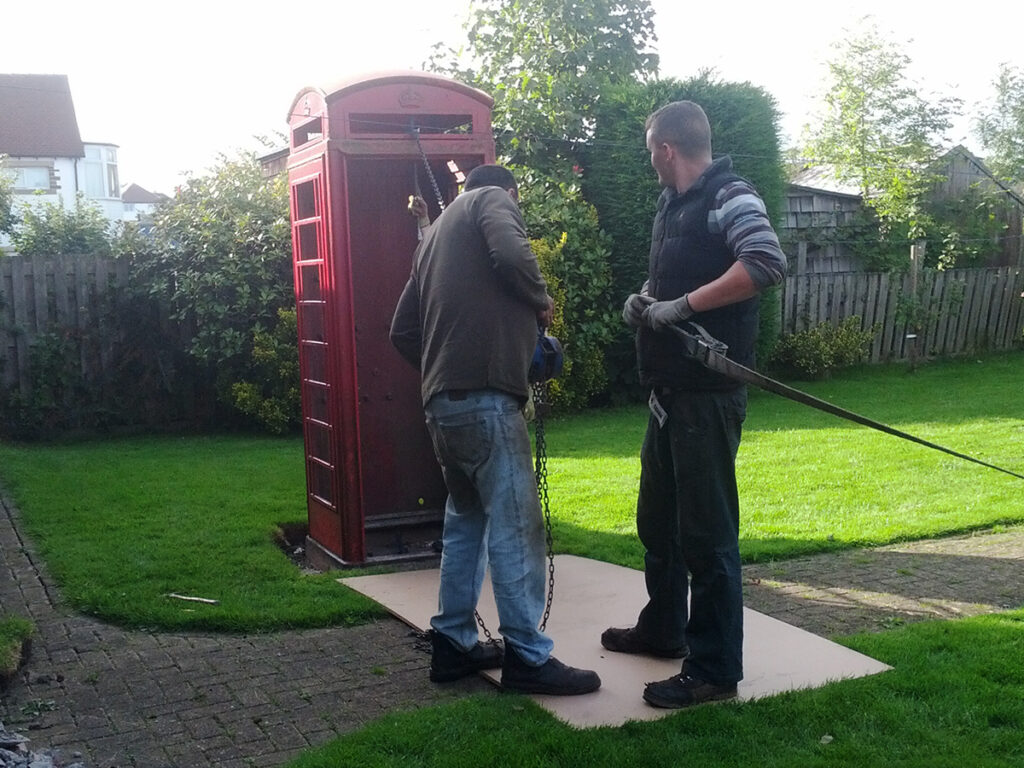




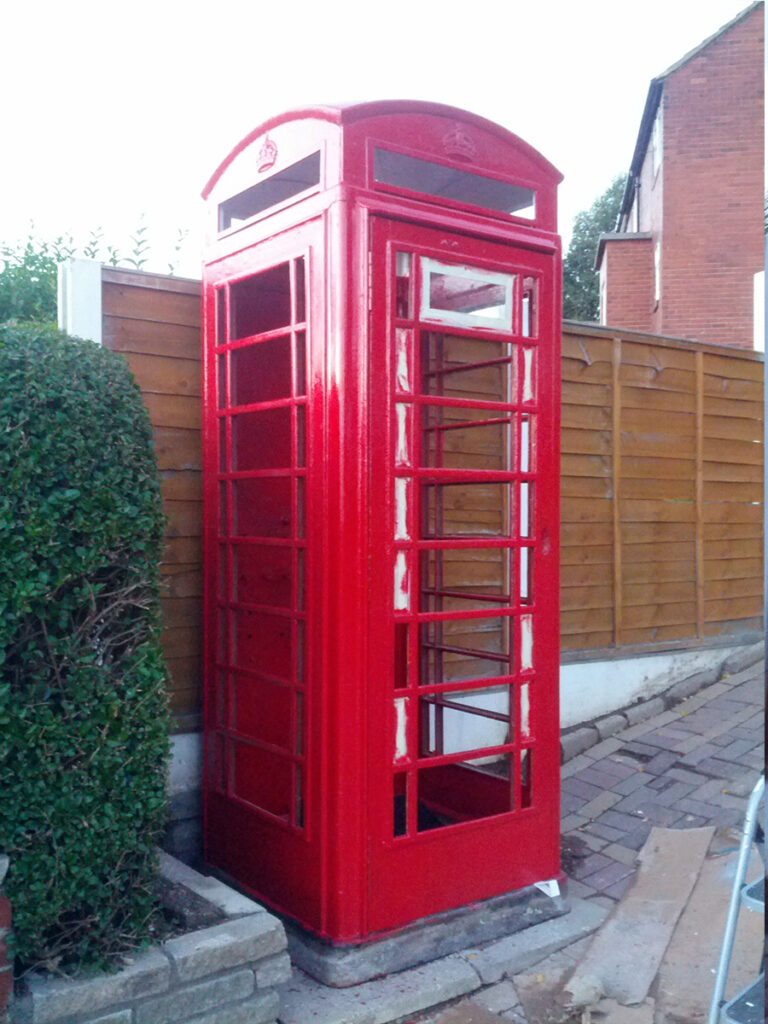

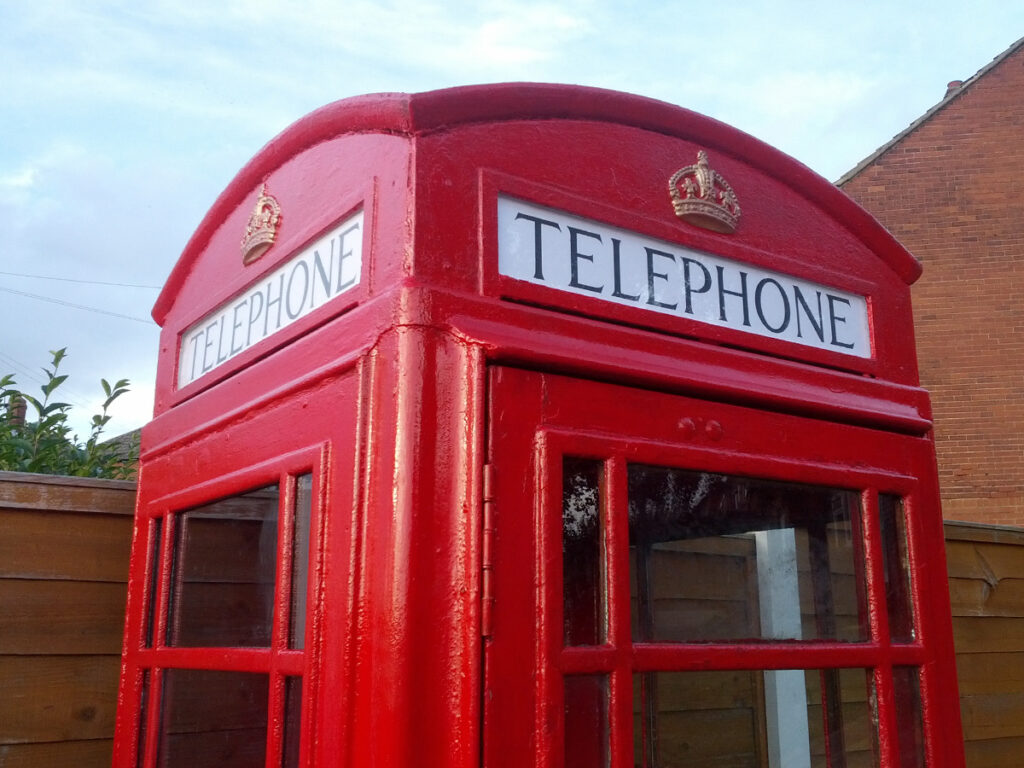

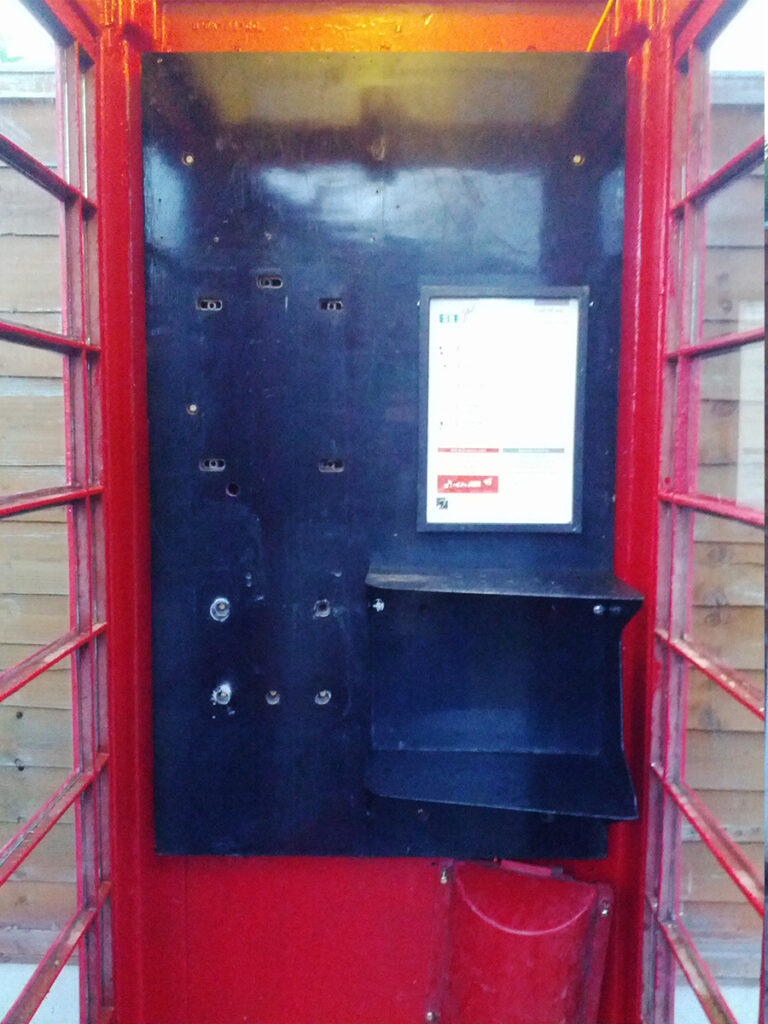
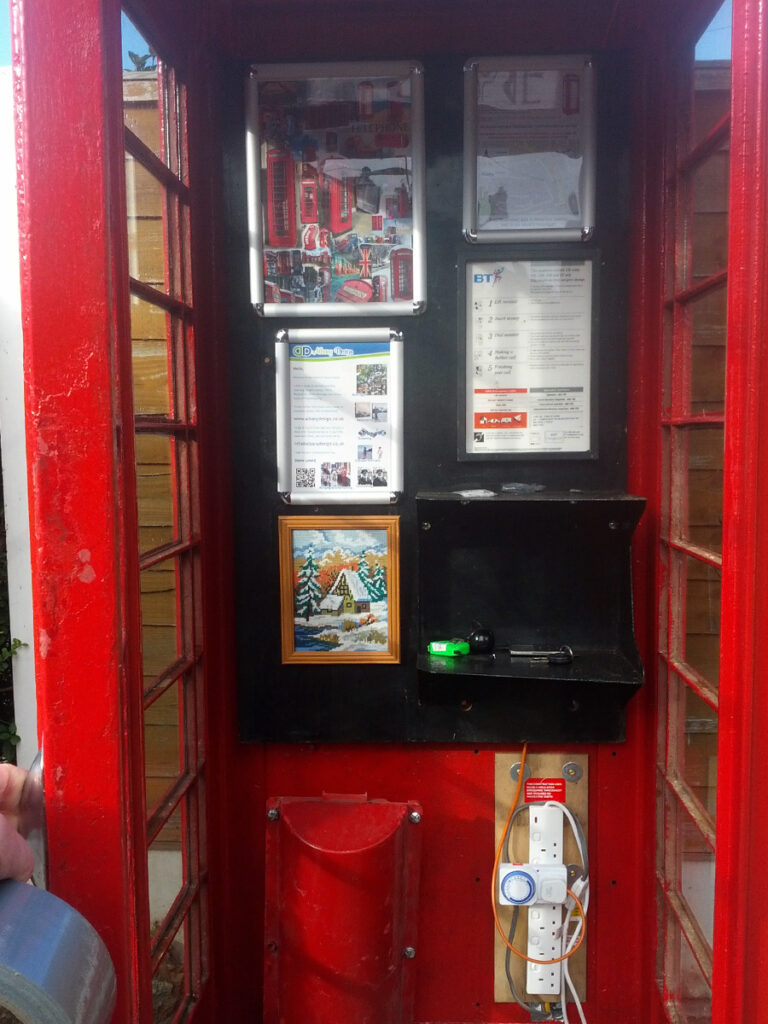
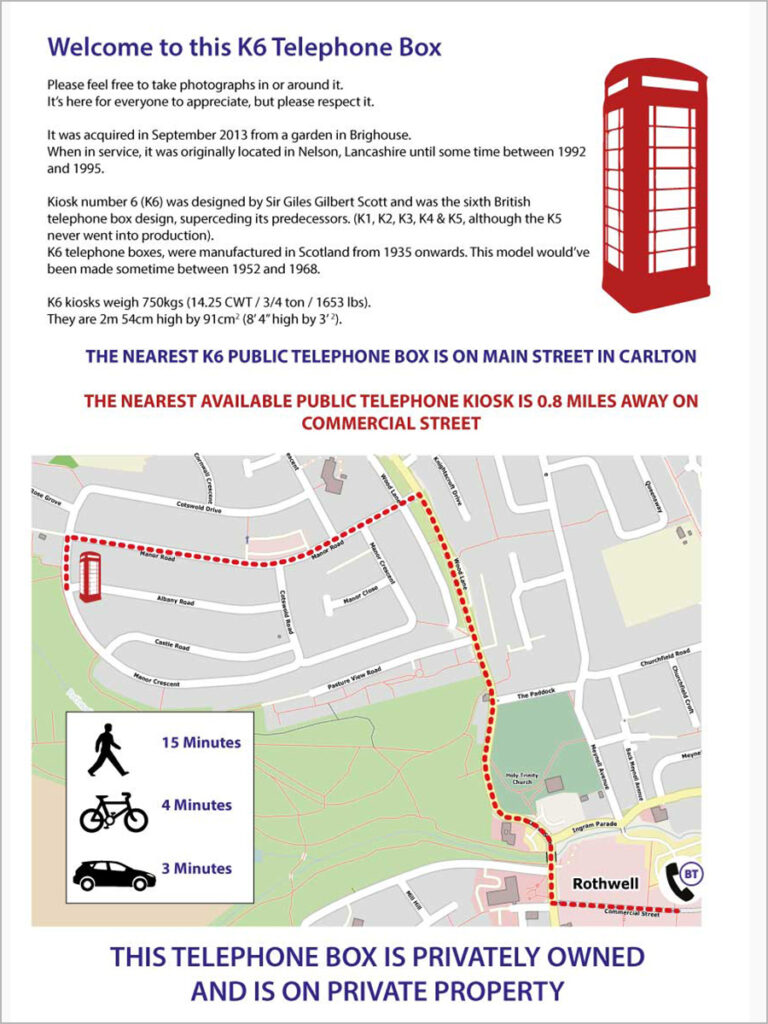

Lighting Types
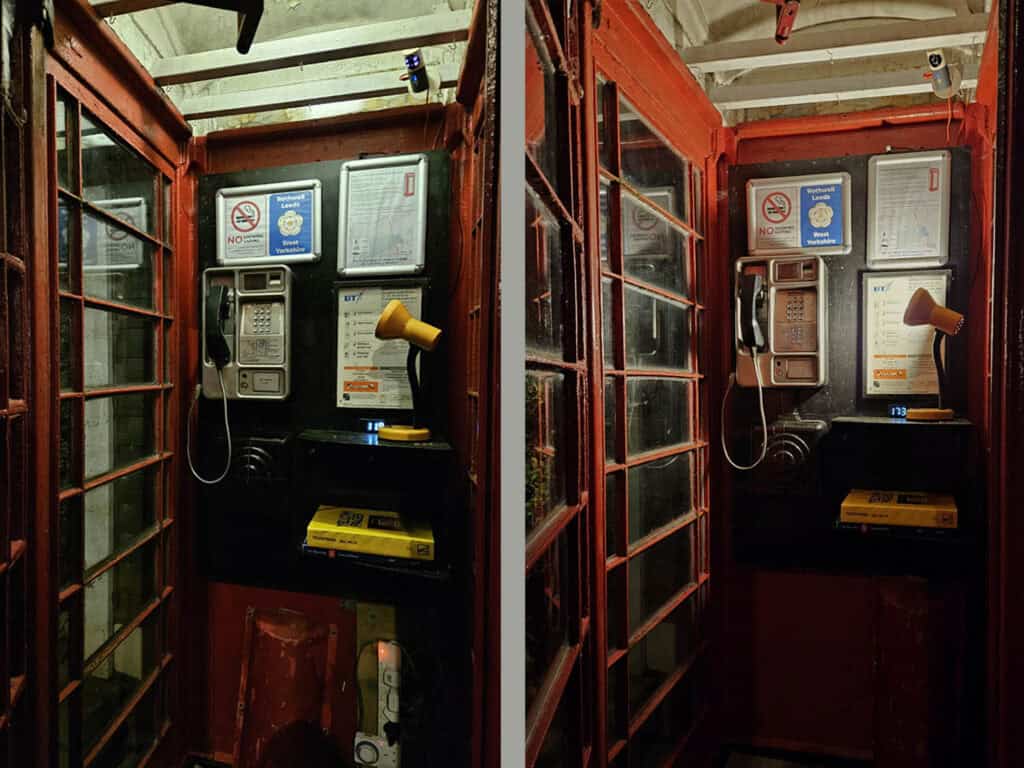
Although the telephone box has the original light fitting installed, and it works, I find the light too bleak. Instead, I have a desktop angle-poise lamp that lowers the position of the light and I find it to be much warmer, pleasing and inviting.
The wooden struts in these photos are of course not meant to be in a telephone box, but they’re used for hanging Christmas lights in place, and I no longer bother with removing them. When I had a disco night in there a couple of times (see below), I was also able to put a shelf on them for additional “nightclub” equipment.
Later / Current Status
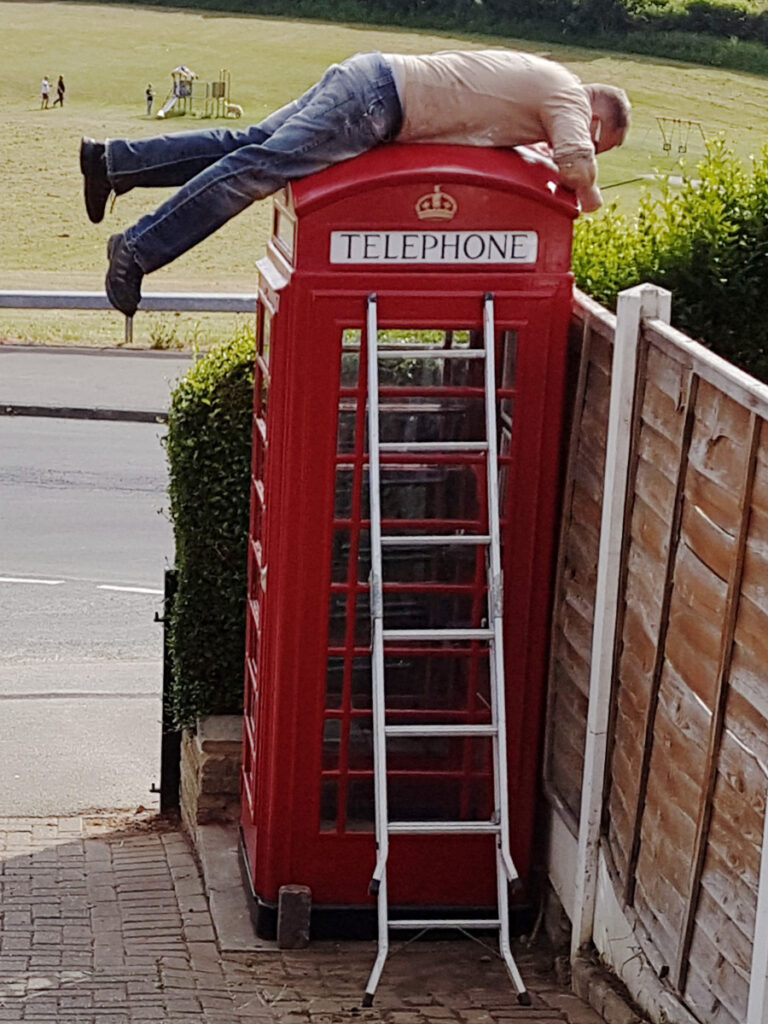
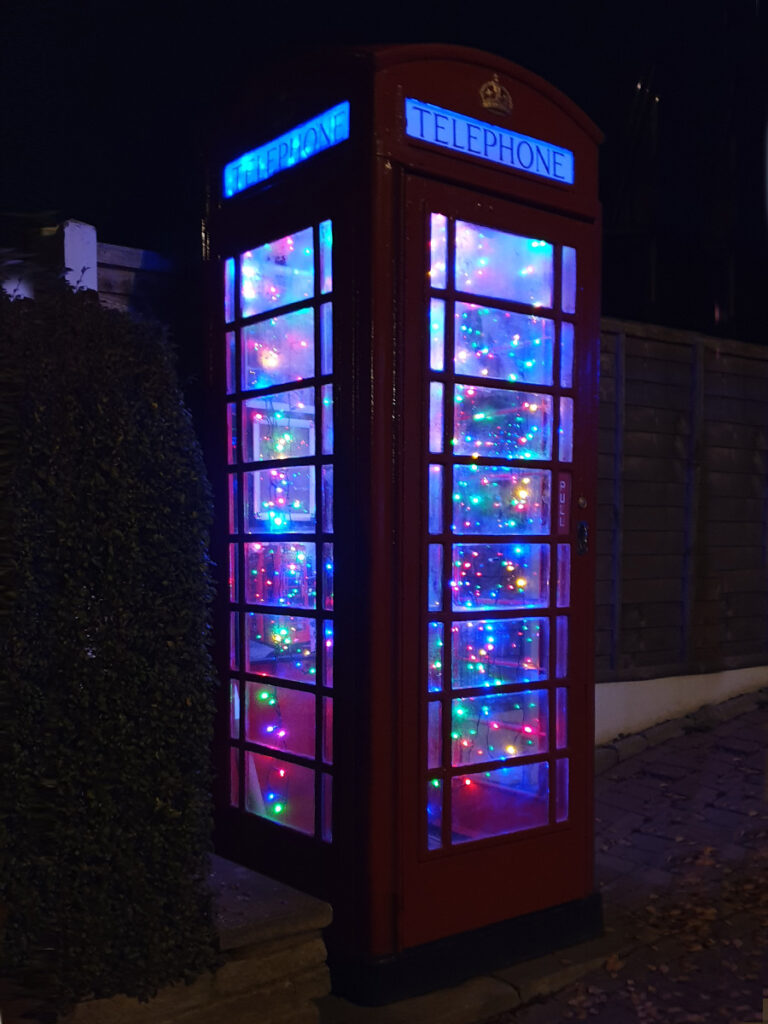
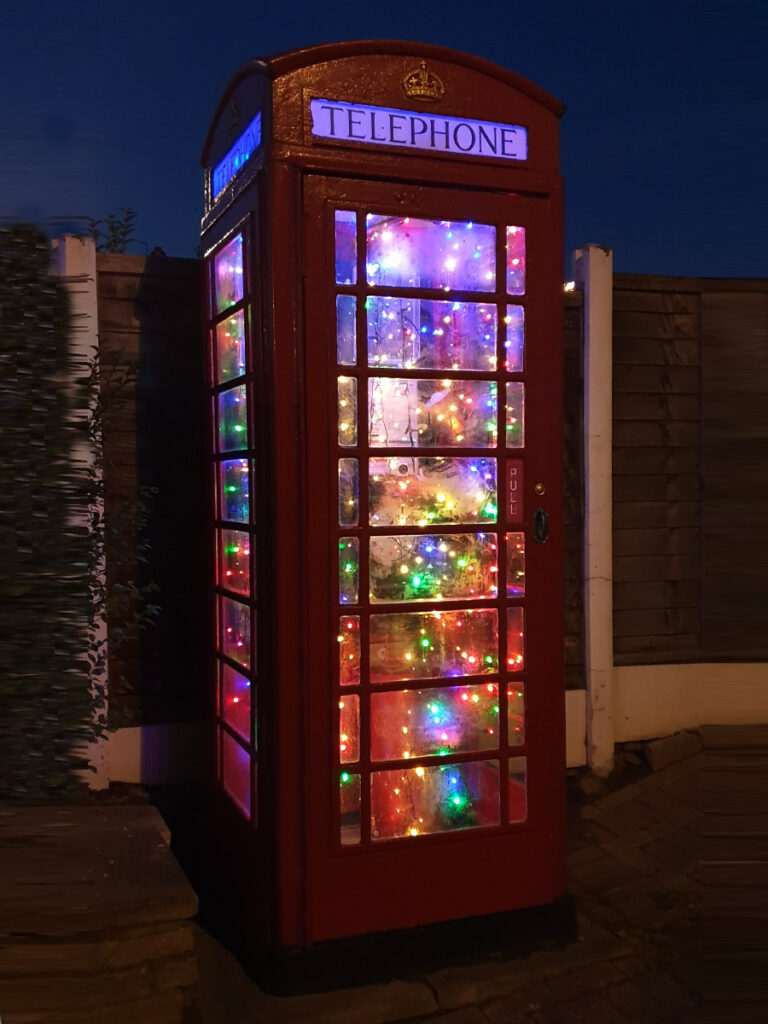
Sometimes people will stop and take photographs of this.
Addition of a Payphone 600 unit

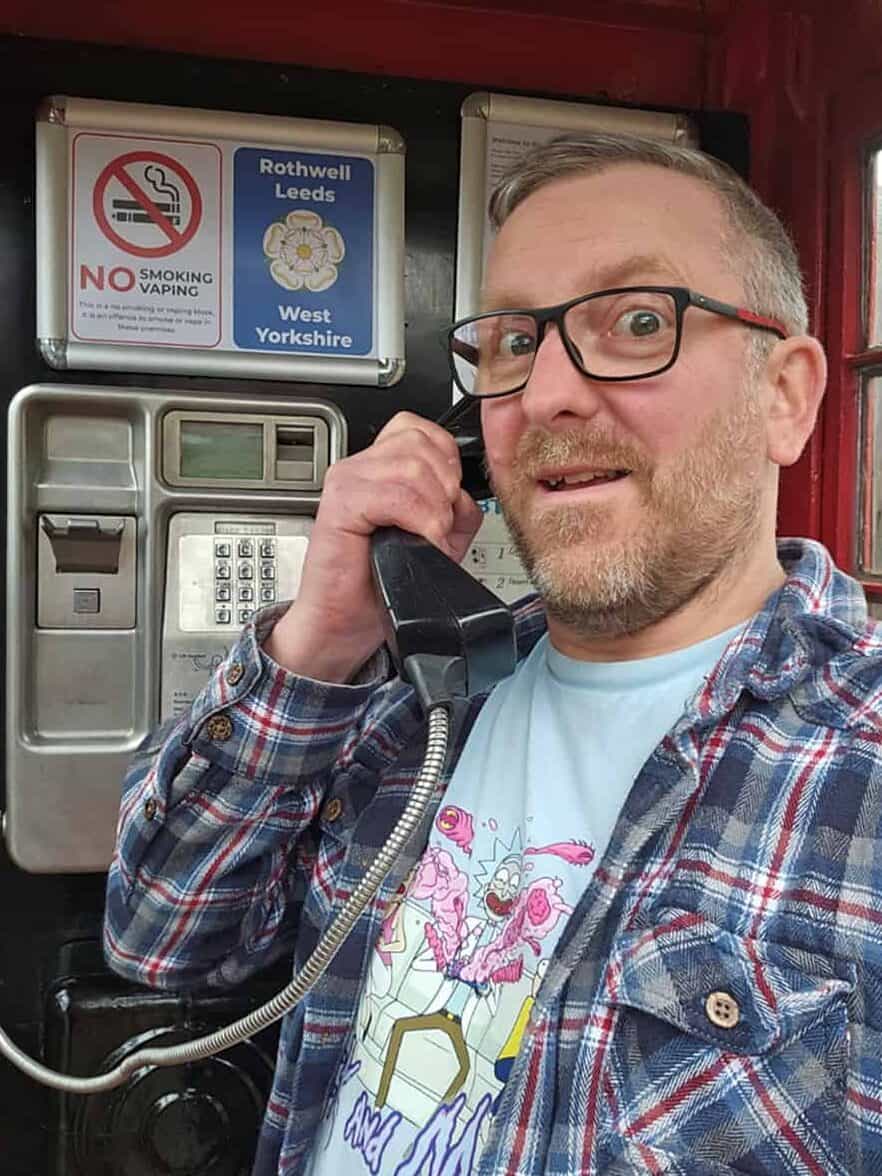
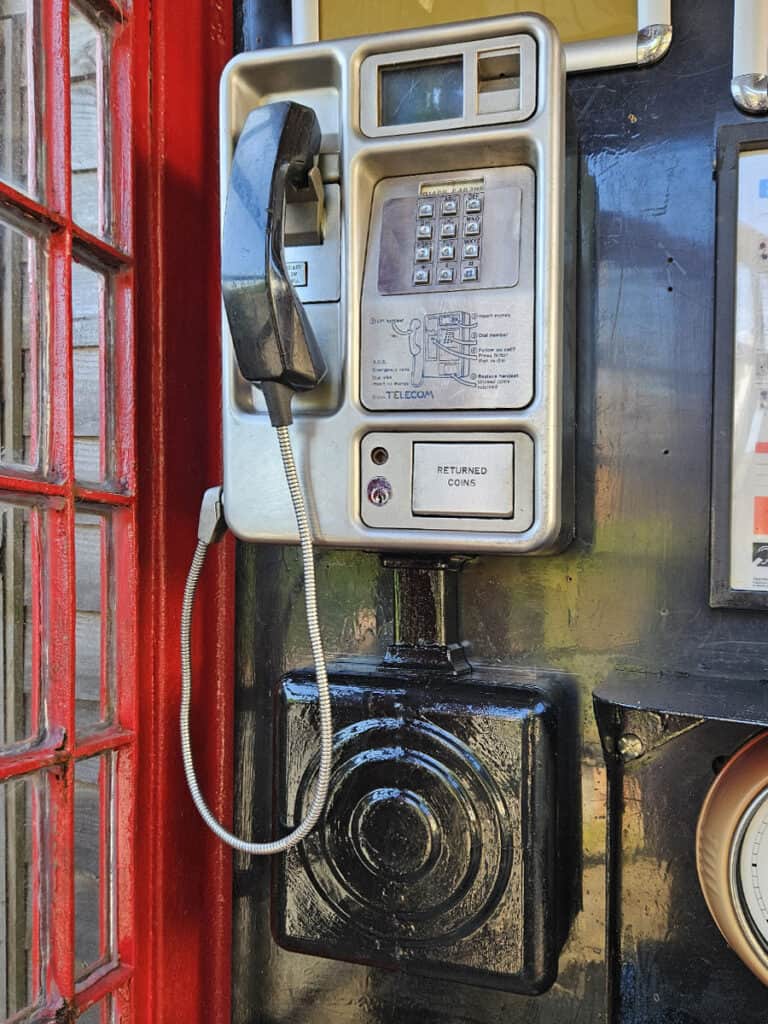
Addition of prop directories and cards
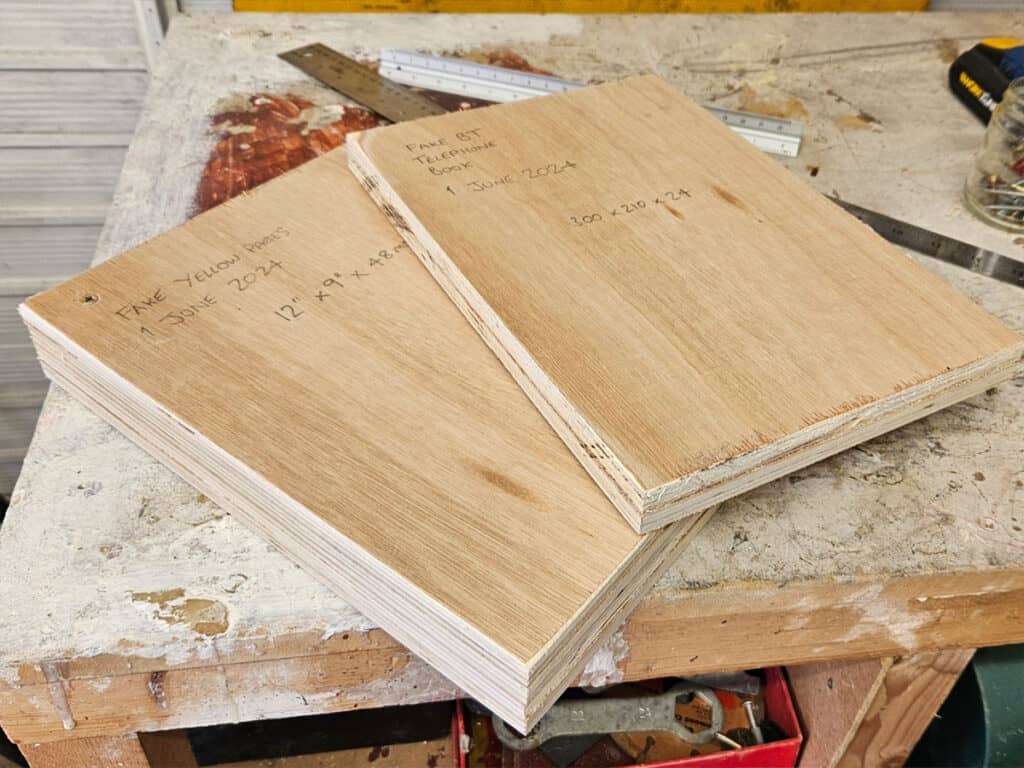
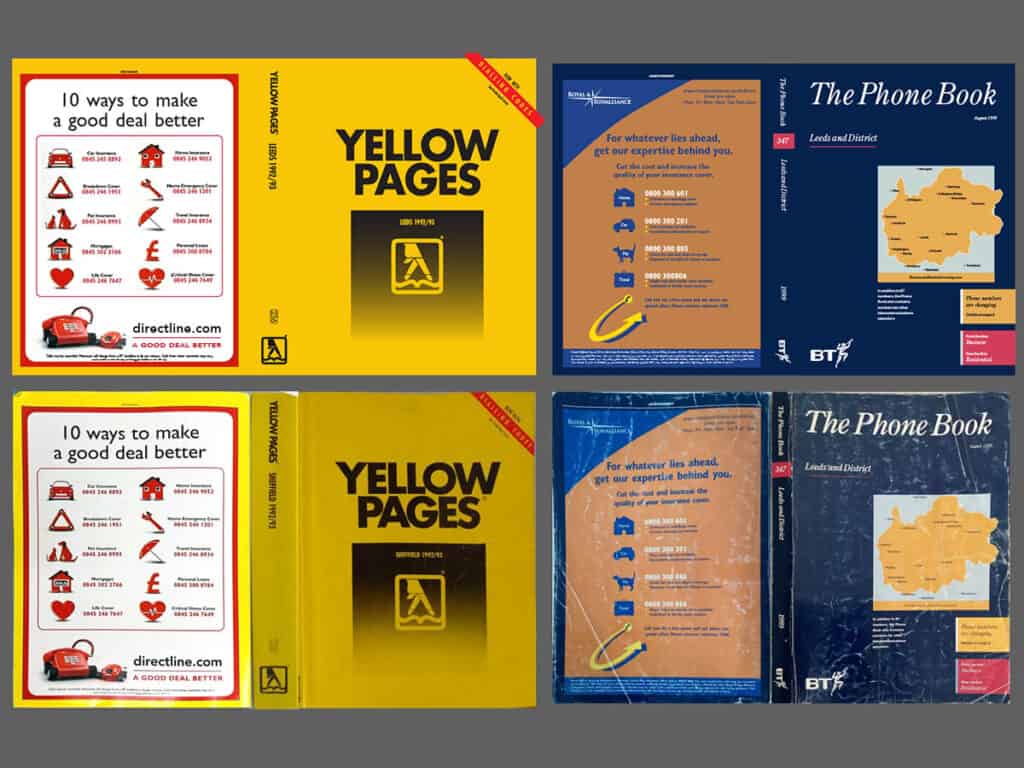
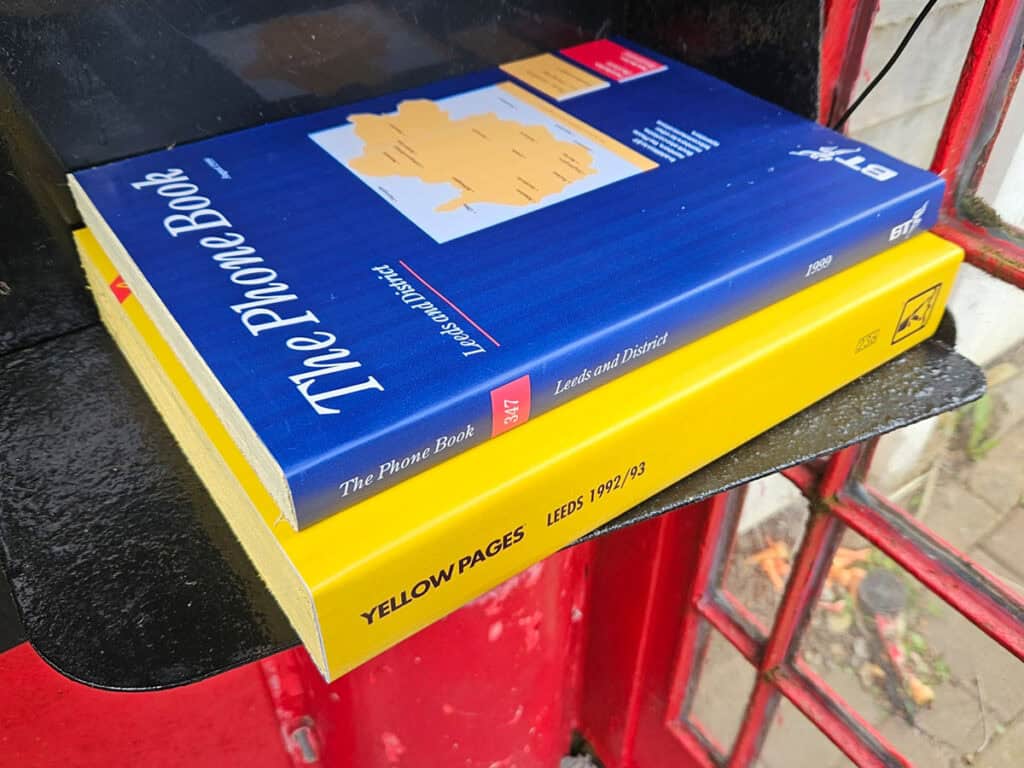
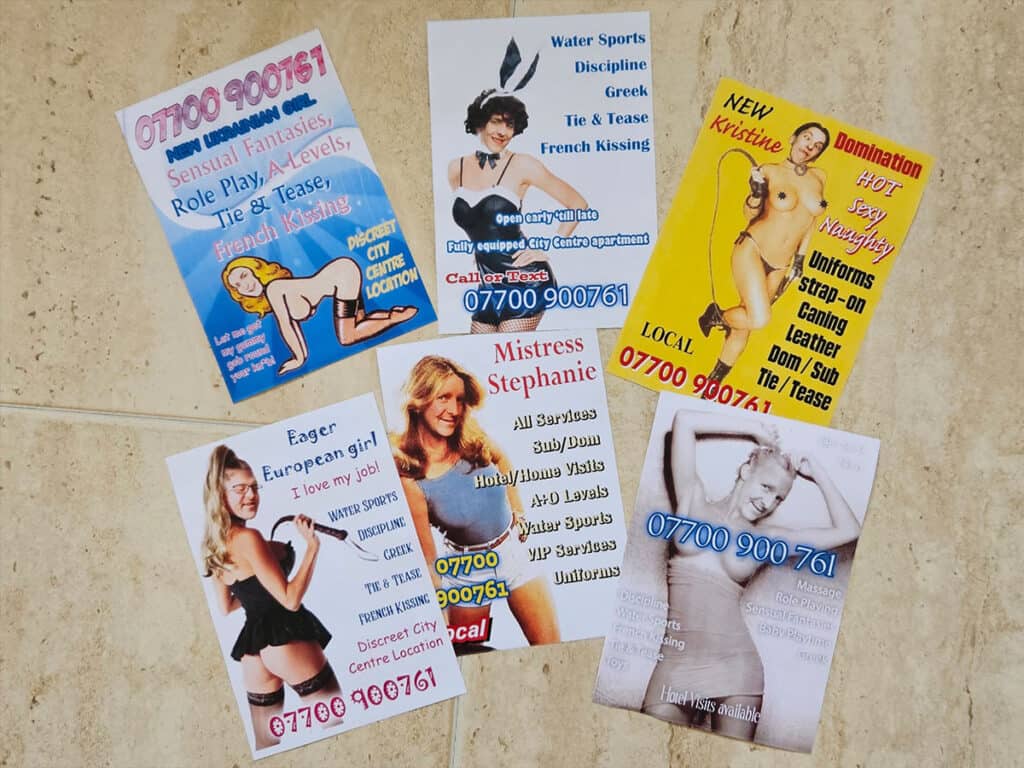
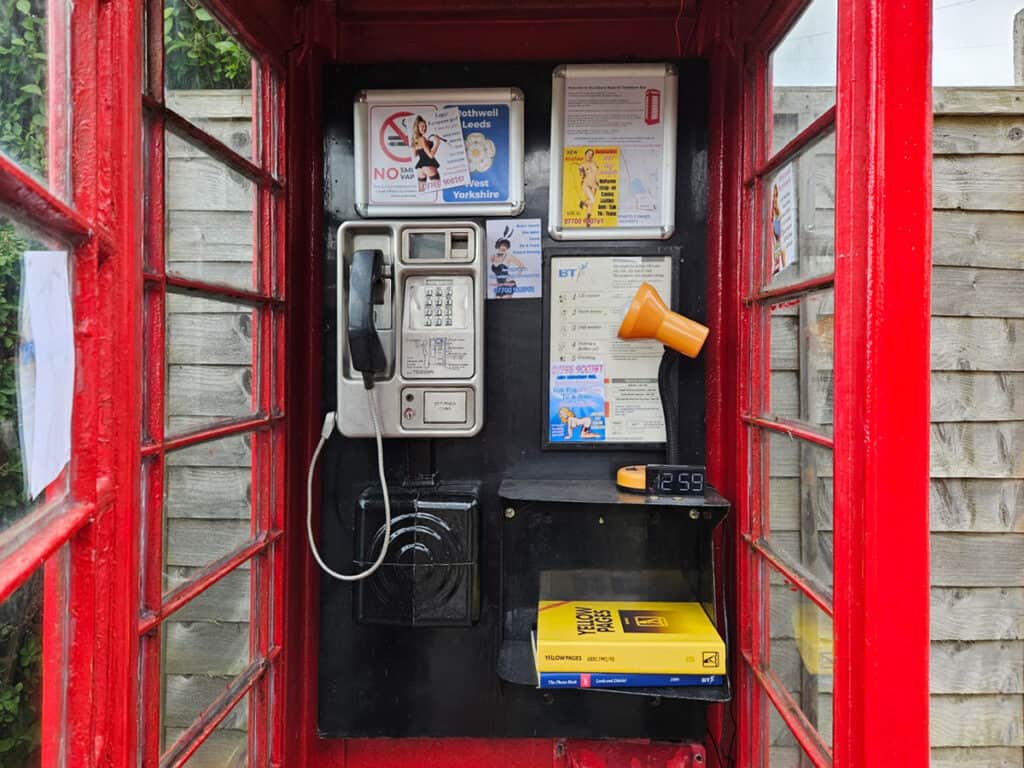
Tel-bo Disco

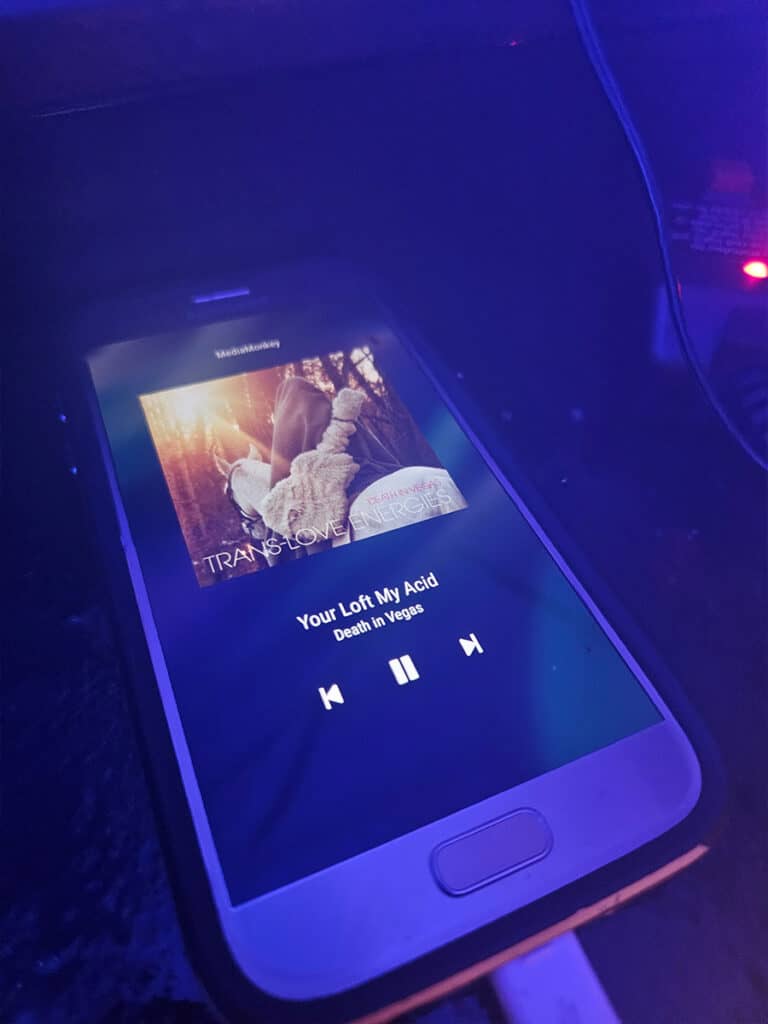
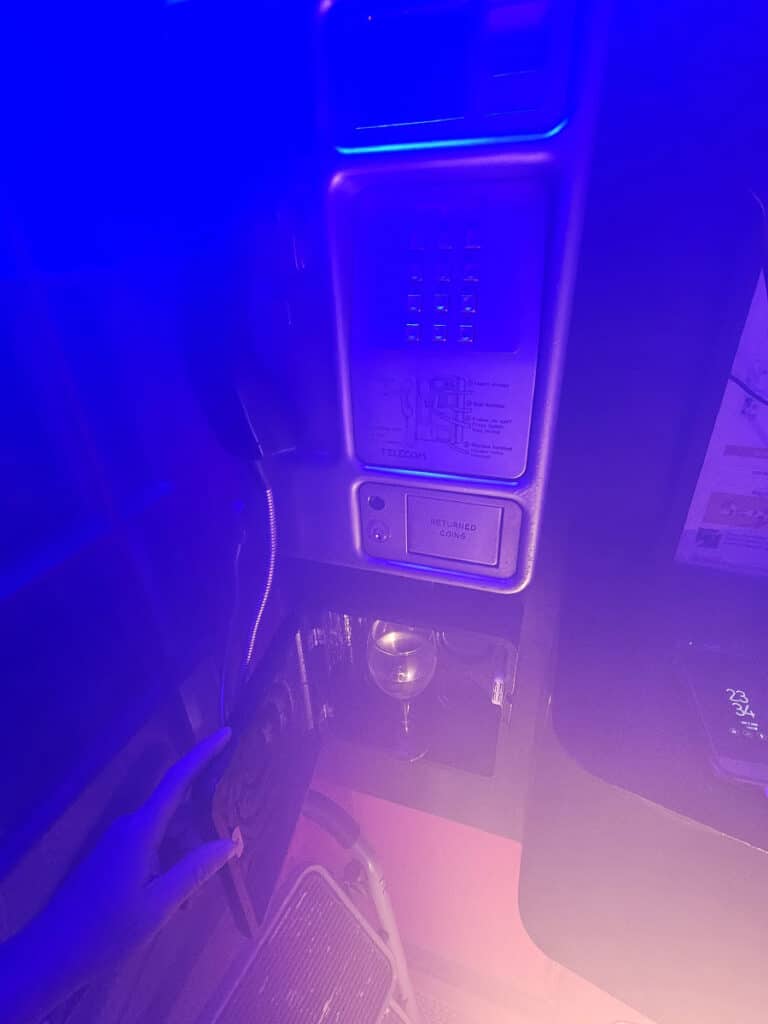
Telephone Kiosk Facts
Kiosk 1, designed by Somerville & Co. 1920
Kiosk 2, designed by Giles Gilbert Scott. 1924
Kiosk 3, designed by Giles Gilbert Scott. 1927
Kiosk 4, designed by the Post Office. 1927
Kiosk 5, designed by the Post Office. 1934
Kiosk 6, designed by Giles Gilbert Scott. 1935
Kiosk 7, designed by Neville Conder. 1959
Kiosk 8, designed by Bruce Martin. 1968
K6 telephone boxes, were manufactured in Scotland from 1935 onwards. My model would’ve been made sometime between 1952 and 1968.
K6 kiosks weigh 750kgs (14.25 CWT / 3/4 ton / 1653 lbs).
They are 2m 54cm high by 91cm2 (8’ 4” high by 3’ 2).
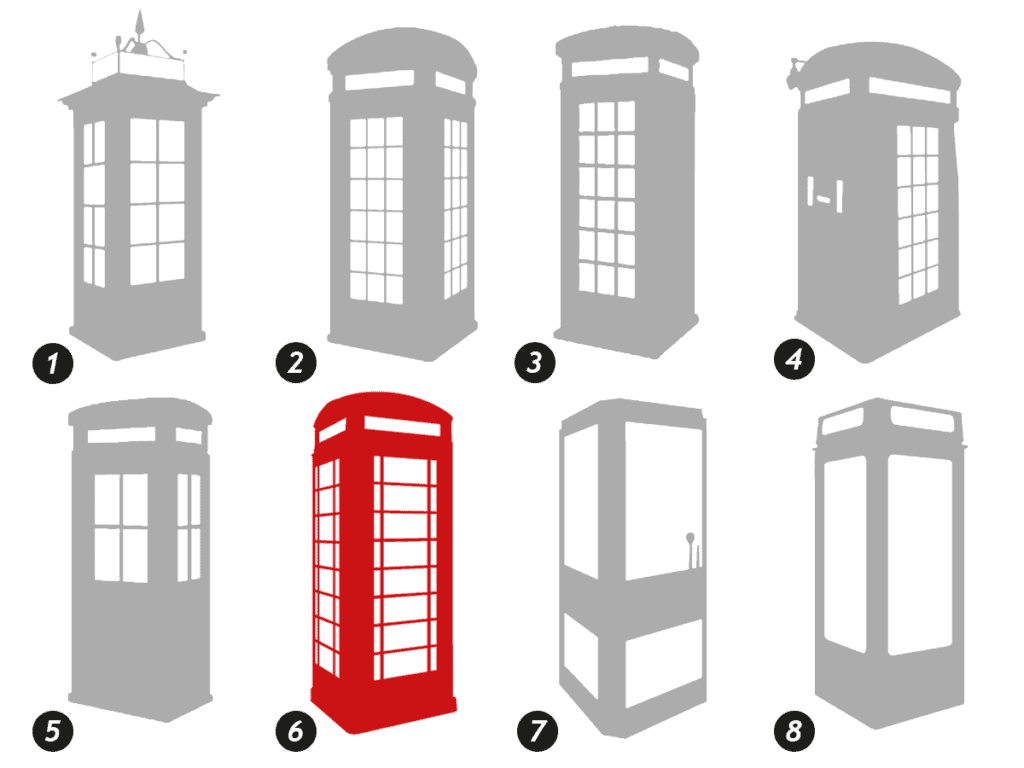

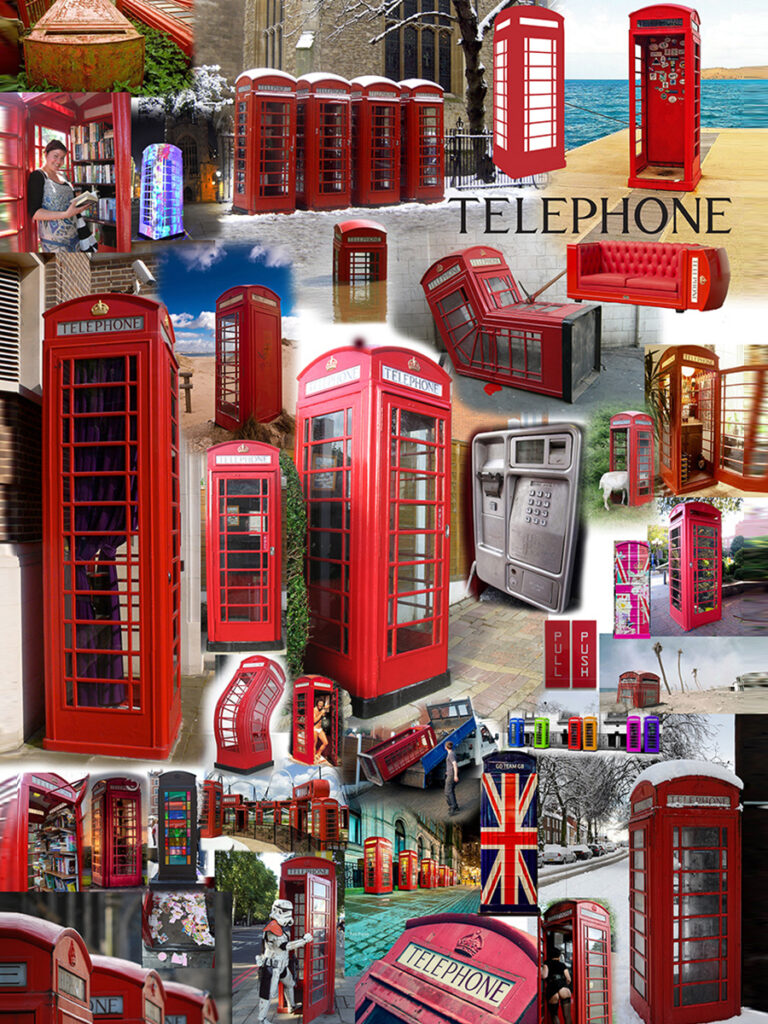

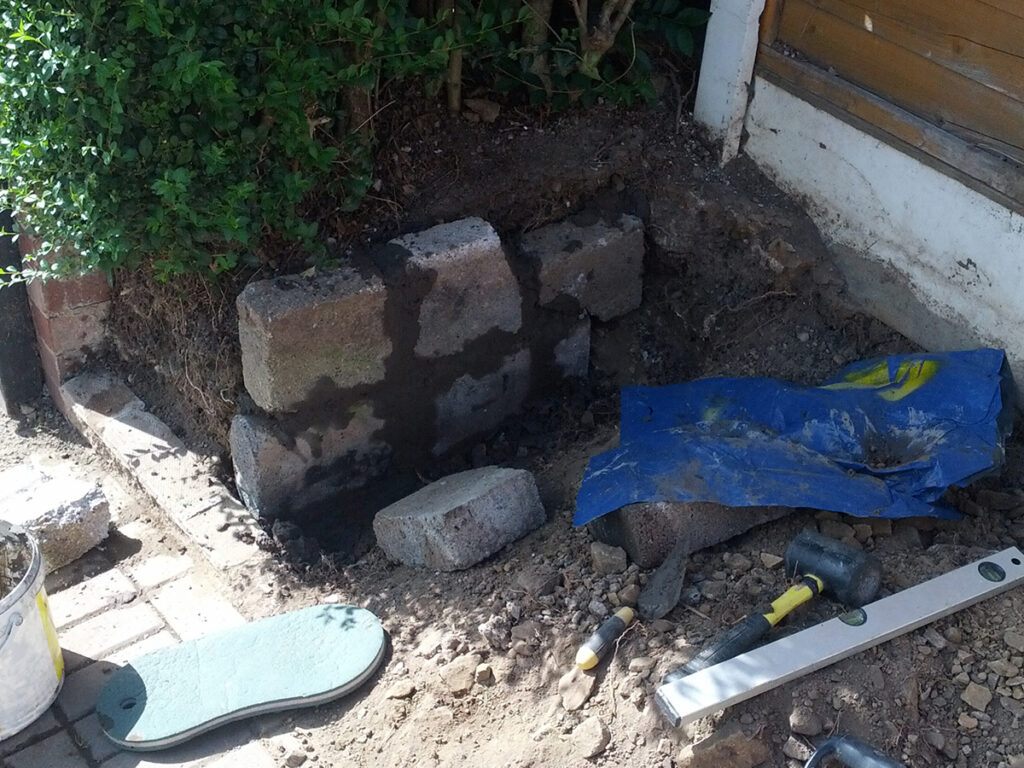

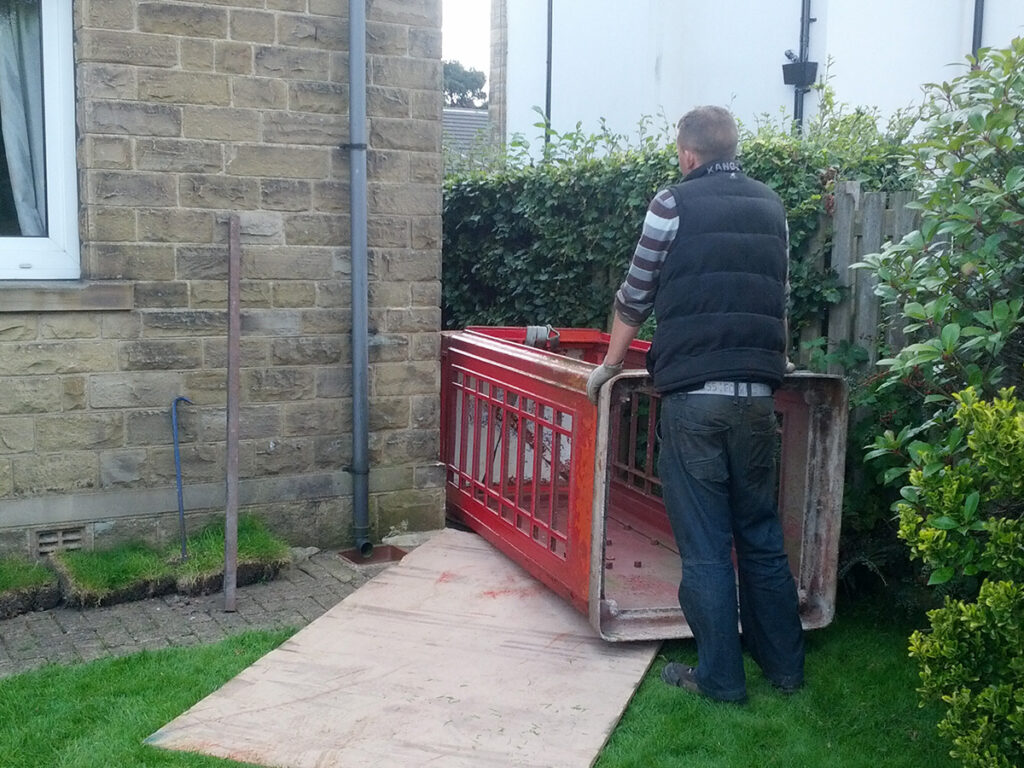

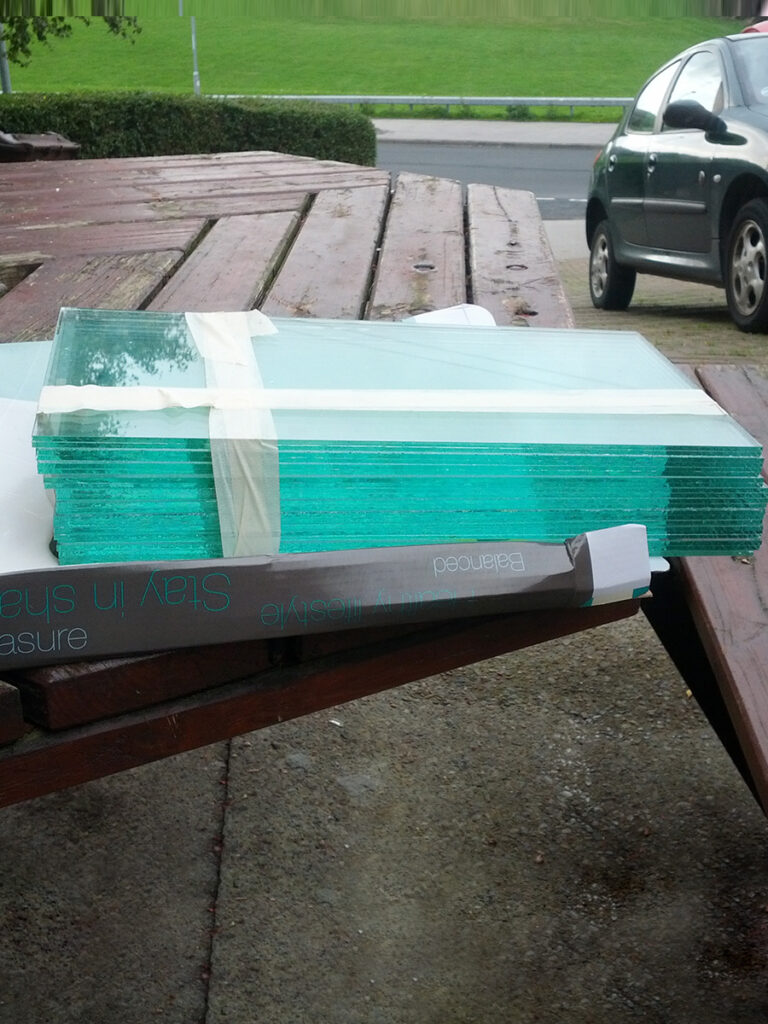
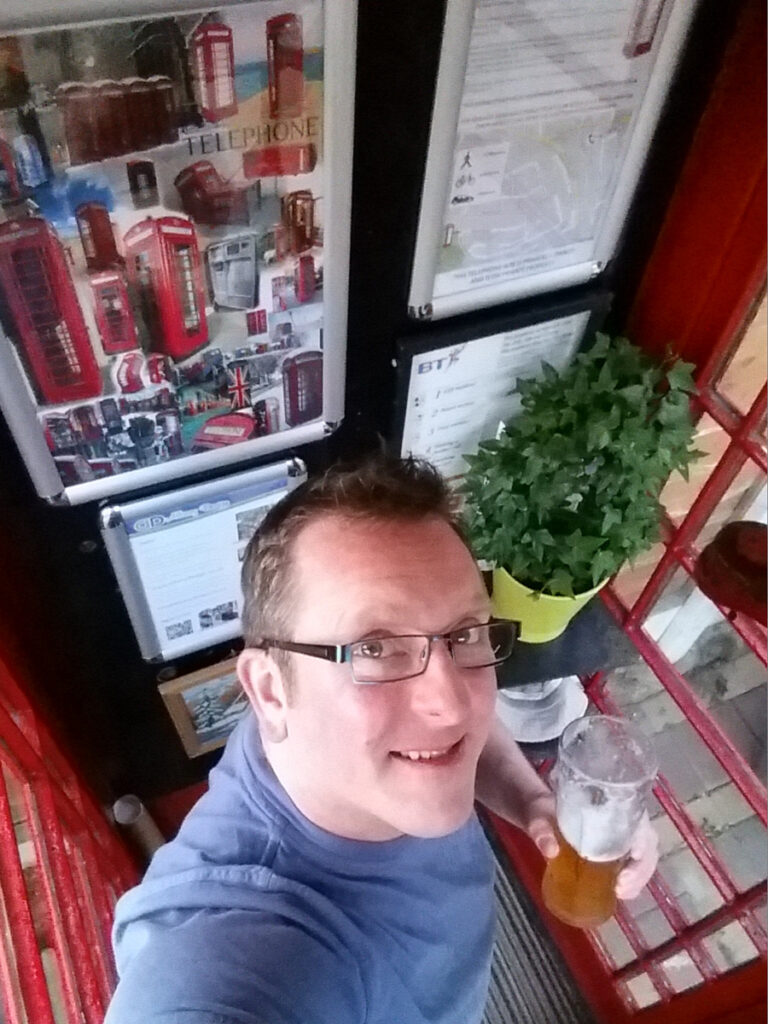
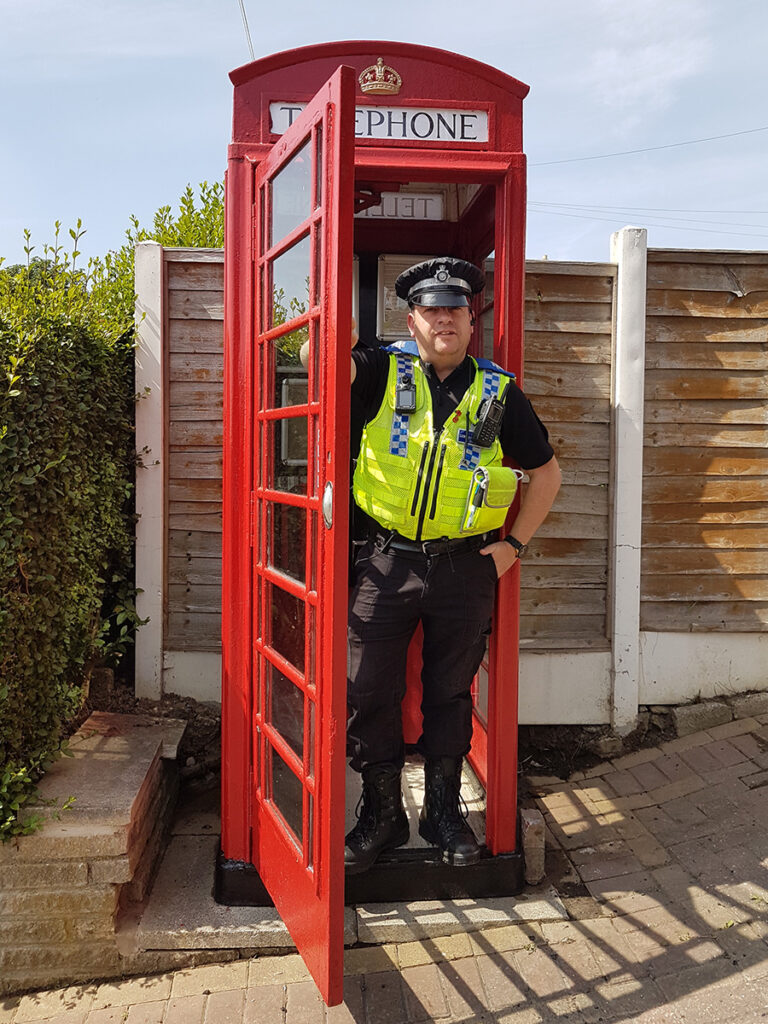
This is really beautiful. What a lot of work you’ve put into it!
Brilliant! And trying to get my head around the one man disco.
I did my GCSE Graphical Communication project on the history of the public telephone box in about 1989. I don’t think it was as interesting as your webpage but I did get an A <>. Brilliant website. Thanks for sharing.
How interesting to see what others have done with their K6s, thanks for posting! I’ve spent the weekend erecting a K6 in my garden and I’m looking forward to changing the interior as the seasons change.
I have had a K6 since 1989. It has moved house with me 4 times (flat packed into a Transit) and been repainted 3 times (Dr Who blue for about a decade). It originally came from Dudley and is now near Bristol. There are at least 3 others in private hands in my town. I have done most of the things you did to get it from vandalised street condition to smart